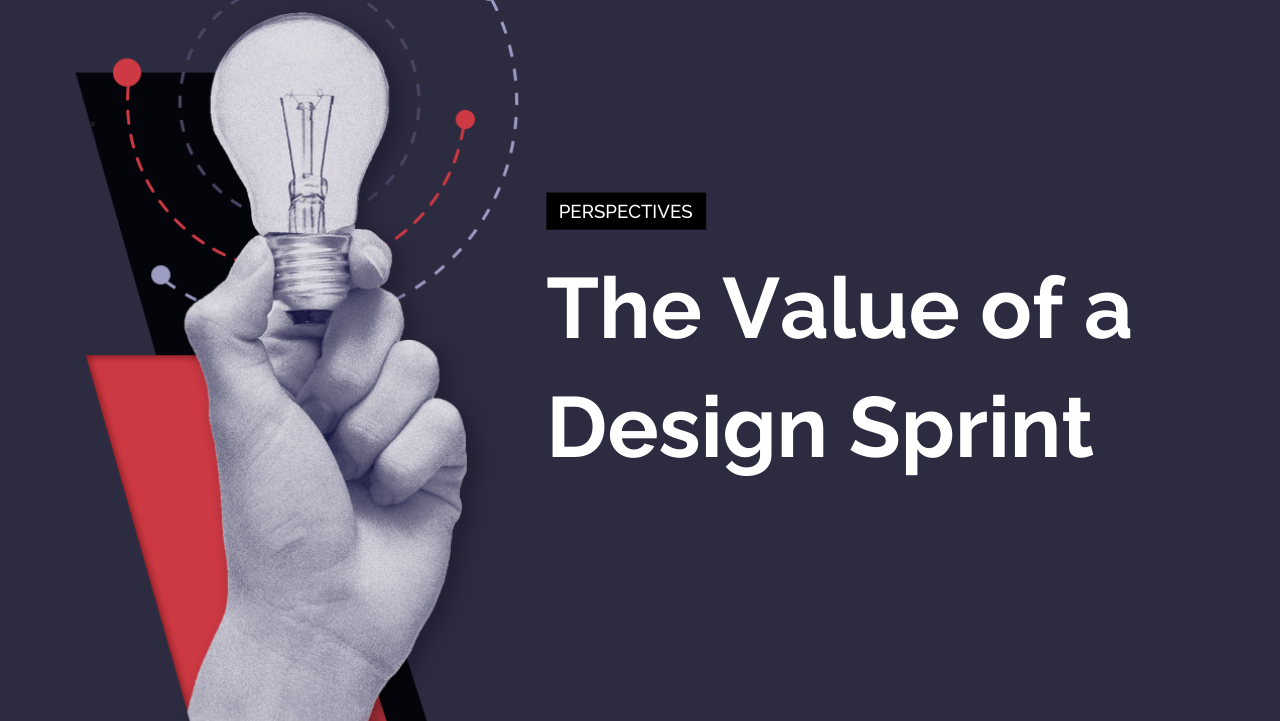“Five days? Do you really need five full days!? We don’t have that time.”
This is a common argument I hear from colleagues across many industries new to the design sprint approach. They are convinced it’s impossible to devote five days straight to one project.
It is true that we can shorten a design sprint, we have run design sprints in two days. However, as you shorten the duration of a design sprint, the level of depth becomes shallower for each of the five phases. A design sprint is already a compressed design cycle, so you are asking to compress it even further. Think about it this way: If a 500-meter dash feels too long and you claim to only have time for a 50-meter dash, you will still run a race, but a very different one. And no matter how you slice it you will not cover the same distance. As any good economist will tell you, there are trade-offs. The questions to ask yourself before condensing a design sprint are: How much work are you going to otherwise accomplish in those five days that’s so mission-critical to your business? Would your business stop if you worked on only one thing for five days? Unlikely. You did take a vacation last year, yes? Stop multitasking and thinking you have to be on top of everything 100% of the time. Prioritization and focus are key to being productive.
Perhaps I am showing my age here: When was work on a focused problem that resulted in a solution within a week not an excellent investment of time? Which leads me to ask: How can you not run a design sprint on a challenging problem your team is facing?
Let’s do some math to explain this further. Take a group of 5 people at 7 hours per day for five days and assume the average cost of each per participant is $100/hour:
$100 per hour * 7 hours * 5 days = $3,500 per person per week * 5 people = $17,500.
Add in costs for materials, paying your test participants, lunch, and some snacks. This totals just over $19,000/week, let’s say $20,000 for a round number. This $20,000 investment will result in an increase in value through efficient resource allocation. This is a Kia price for a Lexus. In fact, even at double this cost, it will likely be a bargain. Here are two examples that backup that claim:
- The first is from my InnoLoft days: After completion of a design sprint with a startup that focused on the solar and HVAC industry, they pivoted their market offering and as a result they increased their booked revenue over the six weeks post-design sprint by a factor of eight. How much is an 8x jump in revenue growth worth to your organization? I bet it’s more than $20,000 and five days?
- The second example was here at Fresh with a client that was convinced their product needed a significant redesign. A redesign of a product as complex as theirs might have cost upwards of $200,000 or more. We learned on the Understand day that this wasn’t a problem in need of solving, so we pivoted to focus on the critical issue: The lack of a clarified value proposition, with accompanying language, and sales collateral, which was why sales were not meeting their expectations. I won’t share the exact figures, though you can be assured the cost of that design sprint was nowhere near $200,000. Furthermore, they experienced a jump in revenue far more than the cost of the sprint with their new value proposition, language, and sales collateral.
As the above examples show, a design sprint can add significant impact to any team or organization, yet this question surfaces over and over: “How can I do this in only one or two days versus a whole week?” Is it the case that in our multi-tasked world have we forgotten how much value a focused team can deliver? My answer sometimes is not what they want to hear but: “How can your business [or product, or service] afford not to?”
By the end of a design sprint, your team will have a much clearer idea of where to focus their energy.
